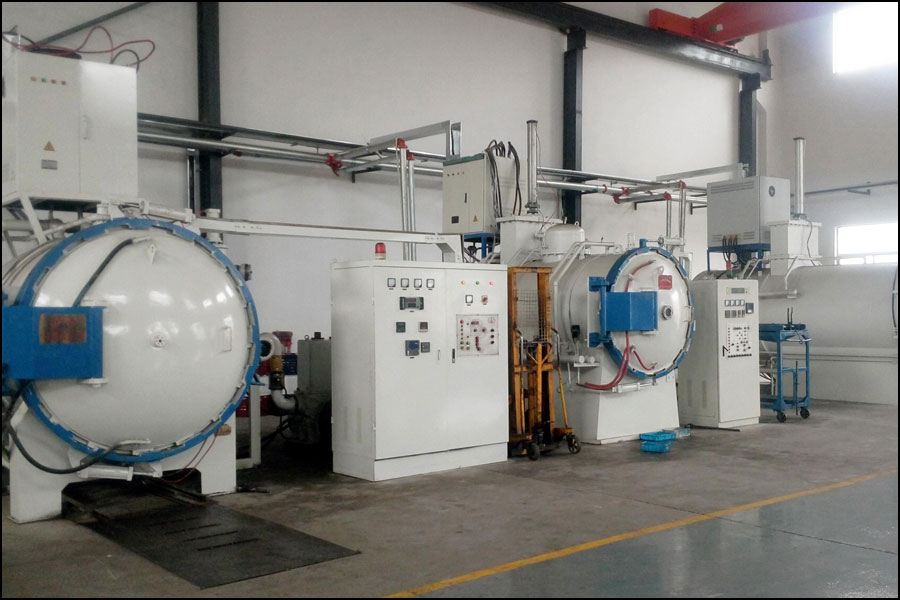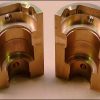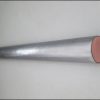
Titanium copper is a compound containing beryllium, such as beryllium oxide, beryllium fluoride, beryllium chloride, beryllium sulfide, and beryllium nitrate, which are more toxic, while metal beryllium is relatively less toxic. After beryllium enters the human body, the insoluble beryllium oxide is mainly stored in the lungs, which can cause pneumonia. Soluble beryllium compounds are mainly stored in the bones, liver, kidneys, and lymph nodes. They can interact with plasma proteins to form protein complexes, causing organs or tissues to cause disease and cancer. The excretion of beryllium from human tissues is extremely slow. Therefore, be extra careful when touching beryllium and its compounds.
Titanium copper is a kind of beryllium copper alloy with a wide range of uses. After solution treatment, it has excellent plasticity and can be deformed by cold working. But after aging treatment, it has excellent elastic limit, and the hardness and strength have also been improved. The following are three common heat treatment methods to share with you, hoping to provide valuable opinions.
The heating temperature of ordinary solution treatment is between 780-820℃. For materials used as elastic components, 760-780℃ is used. The first thing to do is to avoid coarse grains from affecting the strength. The average temperature of the solution furnace should be strictly controlled at ±5℃. The heat preservation time can generally be calculated as 1 hour/25mm. When the titanium copper is solid-solution heated in air or oxidizing atmosphere, the surface will form an oxide film. Although it has little effect on the mechanical function after aging strengthening, it will affect the service life of the cold working mold. To prevent oxidation, it should be heated in a vacuum furnace or ammonia differentiation, inert gas, restorative atmosphere (such as hydrogen, carbon monoxide, etc.), and then obtain a bright heat treatment result. In addition, pay attention to shorten the transfer time as much as possible (in this quenching), otherwise it will affect the mechanical function after aging. Thin materials shall not exceed 3 seconds, and ordinary parts shall not exceed 5 seconds. The quenching medium is generally water (no heating requirement), of course, oil can also be used for parts with complex shapes to prevent deformation.
The aging temperature of titanium and copper is related to the content of Be. The alloys with Be less than 2.1% should be aged. For alloys with Be greater than 1.7%, the best aging temperature is 300-330℃, and the heat preservation time is 1-3 hours (depending on the shape and thickness of the part). For high-conductivity electrode alloys with Be less than 0.5%, the best aging temperature is 450-480℃, and the heat preservation time is 1-3 hours because of the increased melting point. In recent years, two-stage and multi-stage aging have also been developed, that is, first short-term aging at high temperature, and then long-term insulation aging at low temperature. The advantage of this is that the function is improved but the deformation is reduced. In order to improve the dimensional accuracy of titanium and copper after aging, clamps can be used for aging, and sometimes two separate aging treatments can also be used.
C17200 Titanium Copper Stress Relief Treatment
The stress relief annealing temperature of titanium and copper is 150-200℃, and the heat preservation time is 1-1.5 hours. It can be used to eliminate residual stress caused by metal cutting, straightening, cold forming, etc., and it will not change the shape and shape of parts during long-term use. Dimensional accuracy.
Titanium-copper molds add points to the cavity core, instead of completely using titanium-copper as the mold, adding titanium-copper to the core cavity can make cooling faster. Molds are used in industrial production to obtain various molds and tools for injection molding, blow molding, extrusion, die-casting or forging molding, smelting, and stamping. In short, a mold is a tool used to shape objects. This tool is composed of various parts, and different molds are composed of different parts. It mainly realizes the processing of the shape of the article by changing the physical state of the formed material. Known as the “Mother of Industry”.
Titanium copper mainly focuses on the various working conditions of non-ferrous metal low-pressure and gravity casting molds. Through in-depth research on the failure causes of titanium-copper mold materials, the internal relationship between the composition and the corrosion resistance of molten metal, the development of high electrical conductivity (thermal), high strength, The high-performance titanium-copper mold material that combines wear resistance, high temperature resistance, high toughness, and molten metal corrosion resistance solves the problems of domestic non-ferrous metal low pressure, easy cracking and easy wear of gravity casting molds, and significantly improves mold life and release Mold speed and casting strength; overcome the adhesion of molten metal slag and erosion of the mold; improve the surface quality of the casting; reduce production costs; make the life of the mold close to the imported level. High-performance beryllium copper hardness HRC43, density 8.3g/cm3, containing beryllium 1.9%-2.15%, it is widely used in plastic injection molding mold inner inserts, mold cores, die-casting punches, hot runner cooling systems, heat conduction nozzles, blowing The overall cavity of plastic molds, automobile molds, etc. Jiasheng high-quality mold titanium copper welcomes you to buy.






